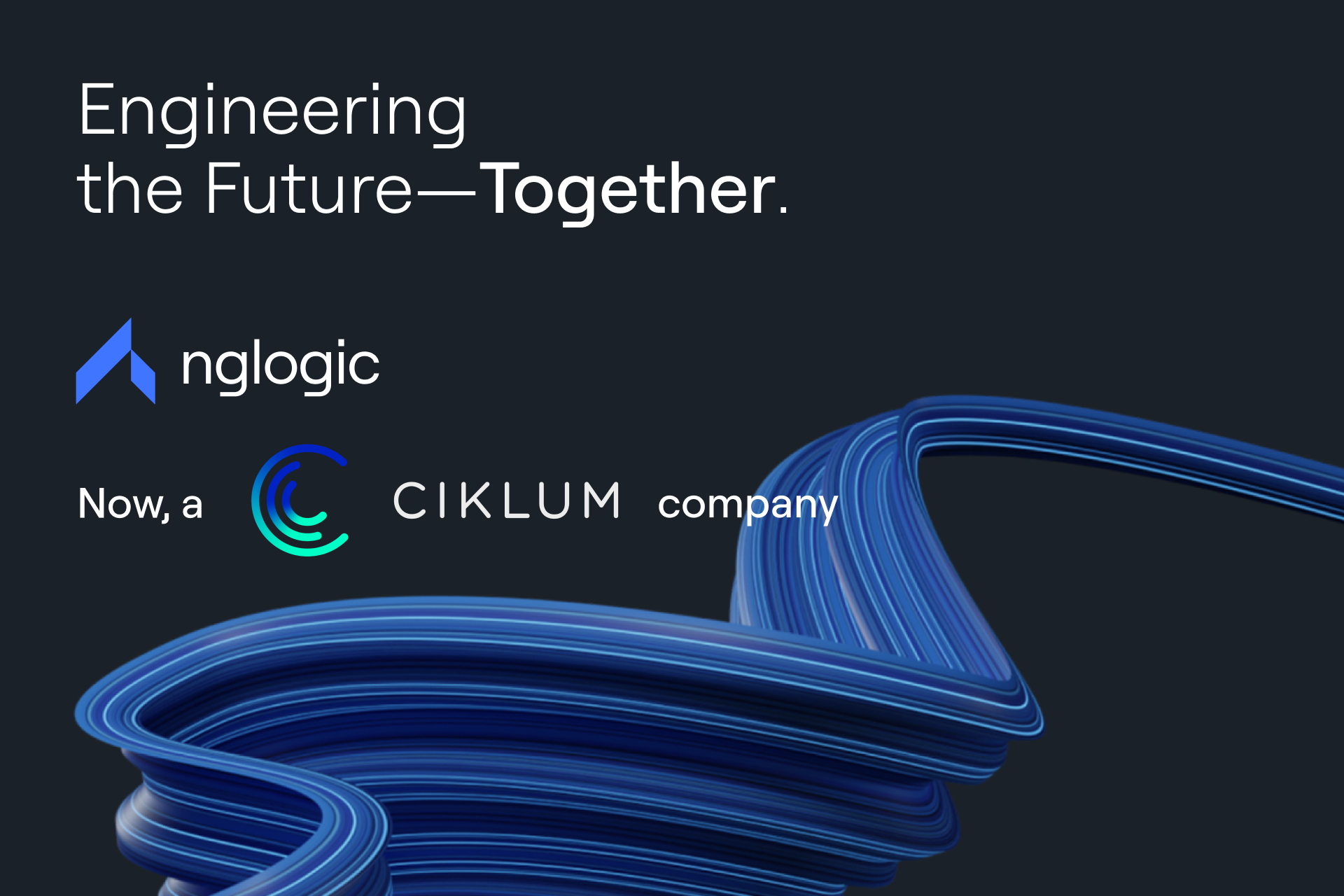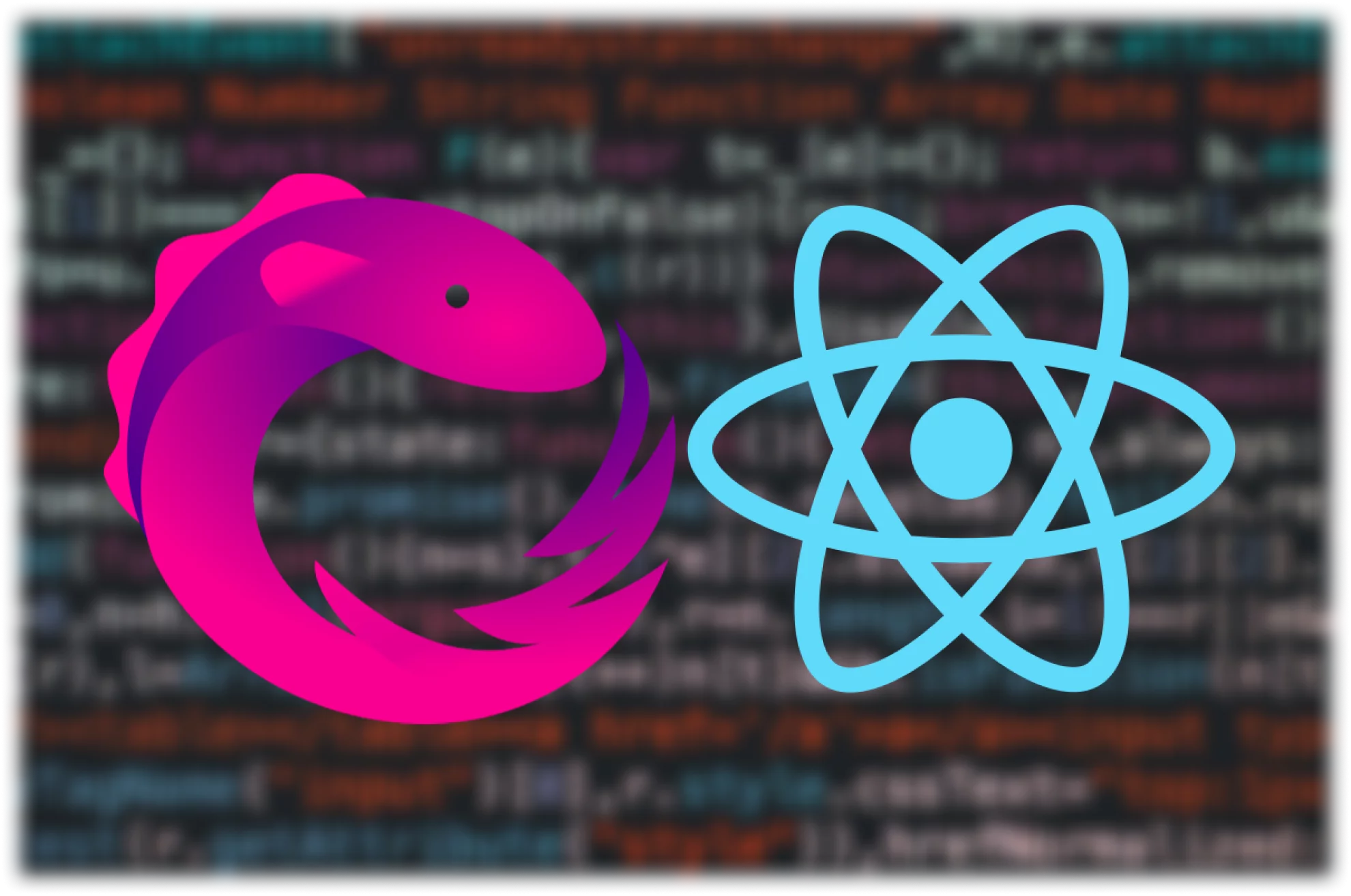In the rapidly evolving world of software development, web frameworks have become essential tools for building robust and scalable web applications. These frameworks provide a structured environment that streamlines the development process, offering pre-written code, libraries, and guidelines that help developers avoid repetitive coding tasks, thus significantly enhancing productivity and ensuring best practices.
Within the Ruby programming language, two frameworks have prominently stood out for their unique capabilities and extensive adoption: Ruby on Rails and Sinatra. These frameworks cater to different project needs and developer preferences within the Ruby web ecosystem, each offering distinct philosophies and functionalities that make them suitable for various types of web applications.
Overview of Rails
Ruby on Rails, often shortened to Rails, is renowned in the software development world as a full-stack web framework. Engineered on the Ruby programming language, Rails provides an all-inclusive suite for building web applications. It integrates everything necessary to bring an app from concept to production, including backend logic, database interactions, and front-end presentation.
As a full-stack framework, Rails is equipped to handle every aspect of web development. This ranges from handling web services and user interactions to managing database access and server-side logic. Its comprehensive nature makes it an ideal choice for large-scale applications, where a unified framework can streamline complex functionalities and business logic.
The popularity of Rails apps can be attributed to several factors, including its ability to accelerate development times through a rich library of gems and modules. These Rails applications benefit from a convention-based approach that standardizes many development tasks, reducing the need for boilerplate code and speeding up the development time. This methodology is perfect for enterprises and startups alike, looking to quickly scale robust applications.
An integral part of Rails’ success is its vibrant and supportive community. The Rails community is active and highly collaborative, offering extensive resources, documentation, and forums where both new and experienced developers can find help, share knowledge, and contribute to the framework’s development. Community support is one of Rails’ strongest features, fostering an environment where developers can stay up to date with the latest in technology and best practices.
Rails conventions provide structured paths to solving common problems in web application development, which is particularly valuable for new developers who can learn and apply industry standards effortlessly. Furthermore, the framework’s philosophy of ‘Convention over Configuration’ and ‘Don’t Repeat Yourself’ ensures that Rails applications are not only efficient but also maintainable in the long run.
Moreover, the framework’s architecture is designed to support the growth and expansion of web apps, making it a preferred choice for large-scale applications that require reliable, scalable solutions. The ability to scaffold entire web applications with minimal commands also reduces development time significantly, making Rails a powerhouse for rapid application development.
Overview of Sinatra
Sinatra is distinguished in the realm of web frameworks for its lightweight structure and straightforward approach to web application development. Unlike more comprehensive frameworks such as Rails, Sinatra operates as a domain-specific language (DSL) within the Ruby programming language, specifically designed for creating web applications and services with minimal fuss and maximum flexibility.
At its core, Sinatra is celebrated for its simplicity and efficiency. A typical Sinatra app can be contained in a single file, encapsulating all the routes and handlers necessary for a functional web application. This characteristic makes Sinatra an excellent choice for small to medium-sized projects where rapid development and deployment are crucial. The ability to have a Sinatra app up and running in just a few lines of code is highly appealing for developers seeking quick results without the overhead of larger frameworks.
The flexibility of Sinatra applications is one of its most significant advantages. Since Sinatra does not impose rigid patterns or complex layers of abstraction, developers enjoy more control over the architecture and behavior of their applications. This flexibility allows for tailored solutions that meet specific project requirements without unnecessary complexity, aligning well with modern software practices that value customization and lean operations.
Setting up a Sinatra app requires minimal effort, often needing only the basic configuration to start building functional and effective web applications. This streamlined setup process not only accelerates development cycles but also reduces the cognitive load on developers, allowing them to focus on implementing unique business logic and user experiences rather than wrestling with configuration and boilerplate code.
Despite its simplicity, Sinatra does not fall short on power or capability. It supports middleware and extensions that can add sophisticated features to web apps, such as authentication, data handling, and more, all while maintaining a light footprint. The framework is also designed to be naturally scalable, handling increased loads and complexity as an application grows, with the developer maintaining full control over the scaling process.
Key Differences and When to Use Each
When choosing between Ruby on Rails and Sinatra for a web application, understanding their key differences in terms of project requirements, complexity, and architectural philosophies is crucial. Both frameworks serve distinct purposes and excel in different environments, making them suitable for various types of projects.
Project Requirements and Complexity
Rails is designed to accommodate the development of large-scale applications with complex business logic and multiple integrations. It follows a model-view-controller (MVC) architecture, which cleanly separates data handling (model), user interface (view), and application logic (controller). This structured approach is beneficial for large teams and projects that require a solid foundation for maintenance and scalability. The MVC philosophy in Rails ensures that applications are not only scalable but also easier to update and extend.
On the other hand, Sinatra is tailored for simplicity and is best suited for smaller, less complex projects. A Sinatra app can be ideal for creating quick prototypes, small web services, or applications where a lightweight and flexible framework is advantageous. Its straightforward approach allows developers to build applications with fewer files and minimal setup, offering a direct route from concept to deployment.
Use Cases
Rails applications are typically feature-rich and can handle complex user interactions, database operations, and high levels of traffic. They are well-suited for e-commerce platforms, social networks, and enterprise-level applications where robustness and a comprehensive set of features are required.
Sinatra apps, however, shine in scenarios where the development speed and application simplicity are paramount. They are perfect for building microservices, API backends, or any application where the overhead of a full-stack framework is unnecessary. Sinatra’s lightweight nature makes it incredibly effective for projects that require a clean and maintainable codebase without the complexity of an extensive framework.
Database Access and API Development
Rails comes with built-in support for ActiveRecord, an ORM (Object-Relational Mapping) framework that simplifies database interactions and abstracts complex SQL queries into Ruby code. This feature makes Rails highly effective for applications that require deep database integration and complex data handling capabilities.
Sinatra does not provide a built-in ORM but allows developers the freedom to choose the library or tool that best suits their project’s needs. For database interactions, Sinatra developers often integrate third-party ORMs like Sequel or ActiveRecord depending on the project’s requirements.
In terms of API app development, both Rails and Sinatra offer strong solutions, but their approaches differ significantly. Rails can be used to build powerful RESTful APIs, leveraging its conventional configuration and extensive middleware support. The Rails::API module simplifies creating APIs by stripping away any components that are unnecessary for pure API applications, thus optimizing performance and simplifying controller logic.
Sinatra, with its simplicity and flexibility, is naturally adept at creating lightweight APIs. Developers can define endpoints quickly and with minimal boilerplate, allowing for the creation of highly performant and scalable API services. Its simplicity also makes it an excellent choice for projects where the API’s functionality might not require the full capabilities of Rails.
Technical Comparison
When deciding between Ruby on Rails and Sinatra, it is essential to understand their technical differences and how these can influence the development process. This section delves into aspects such as configuration, web services, routing, database integration, and the learning curves associated with each framework.
Configuration and Conventions
Rails is known for its “Convention over Configuration” philosophy, which means it comes pre-configured with sensible defaults that suit most application needs. This approach minimizes the setup time and the need for manual configuration, allowing developers to launch into building features almost immediately. Rails conventions also ensure that all Rails applications follow a uniform structure, making it easier for developers to understand and collaborate on projects even if they are not familiar with the specific app.
Conversely, Sinatra offers more flexibility but requires more manual configuration. This framework provides a bare minimum, allowing developers to tailor the setup according to their specific requirements. While this means more work upfront to configure web services and other components, it also provides a lean environment that is particularly advantageous for simple applications or when performance is a critical factor.
Routing
Routing in Rails is robust and declarative, with a centralized routing system where all routes are defined in a single configuration file. This setup makes it easy to manage even complex routing scenarios, such as nested resources or custom routing constraints. However, it can also feel a bit heavy for smaller apps, where a simpler routing approach might be more appropriate.
Sinatra, on the other hand, handles routing inline with the application code. Routes are defined directly in the application files, making them easy to read and write. This approach is straightforward and works exceptionally well for applications with a limited number of routes, offering clarity and simplicity that can be more difficult to achieve in Rails.
Database Integration
Rails comes equipped with ActiveRecord, an ORM that integrates seamlessly with the framework and supports a variety of databases with little to no need for additional configuration. ActiveRecord abstracts complex SQL queries into Ruby methods, which can significantly speed up development and reduce errors. This integration is a part of what makes Rails an excellent choice for applications where complex database operations are frequent.
Sinatra does not include a built-in ORM, giving developers the freedom to choose whatever tool best fits their project. Common choices include ActiveRecord, Sequel, or even lightweight adapters like Redis or MongoDB. This means that Sinatra can be used with the same databases as Rails but often requires more setup and integration work.
Building Web Apps
Building web apps with Rails is streamlined by numerous generators that scaffold entire applications or components like models, controllers, and views quickly. This feature is particularly beneficial for beginners or projects that need to get off the ground rapidly.
Sinatra is more suited to constructing web apps that are straightforward without the overhead of unused components. It is ideal for services where a full MVC structure is unnecessary, and the app can remain lightweight and highly performant.
Learning Curve
Rails has a steeper learning curve due to its complexity and the breadth of its ecosystem. Newcomers need to learn its conventions, the structure of a typical Rails app, and the various components and gems that a sophisticated application might require. However, this investment in learning pays off with increased productivity once the conventions are understood.
Sinatra offers a gentler learning curve. It is straightforward enough for beginners to pick up quickly and provides just enough structure to build effective web applications without overwhelming new developers with too many decisions or configurations.
Conclusion
In the discussion of Rails vs. Sinatra, it is clear that each framework has its unique strengths and suits different types of projects. Rails offers a comprehensive solution with its opinionated framework, ideal for large-scale applications that require a robust structure and a multitude of built-in features. It is perfect for teams looking for a quick development process with less need for manual configuration. On the other hand, Sinatra provides simplicity and flexibility, making it suitable for smaller, more controlled projects where minimal overhead and direct handling of web services are preferred.
For new developers, exploring both Rails and Sinatra can be incredibly beneficial. Each framework offers a different perspective on web application development within the Ruby programming language, and understanding their features and benefits will enhance your versatility and skill set as a developer. Whether you lean towards the comprehensive capabilities of Rails or the streamlined nature of Sinatra, your experience with both will inform your decisions and broaden your development horizons.













 +1 (888)
413 3806
+1 (888)
413 3806